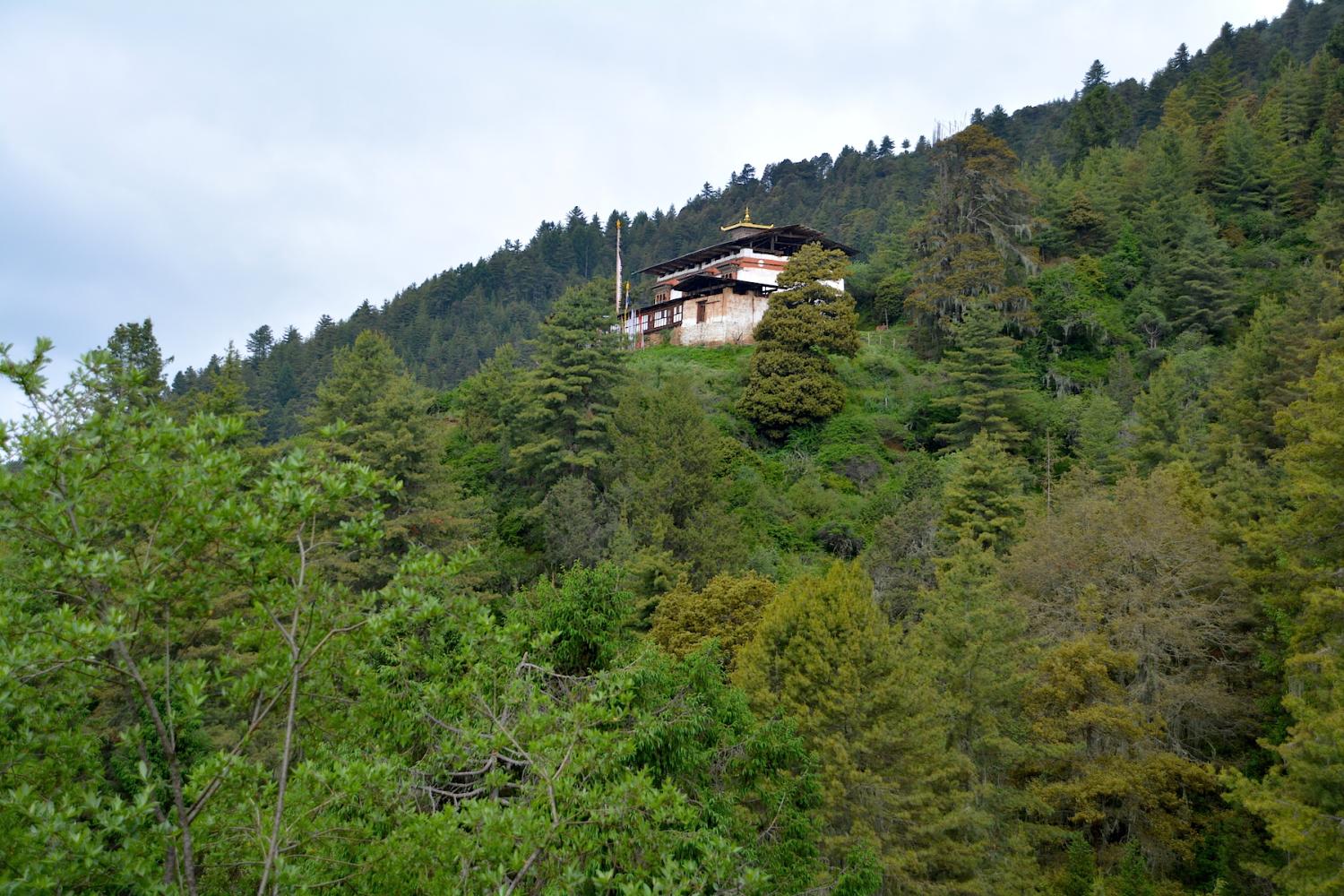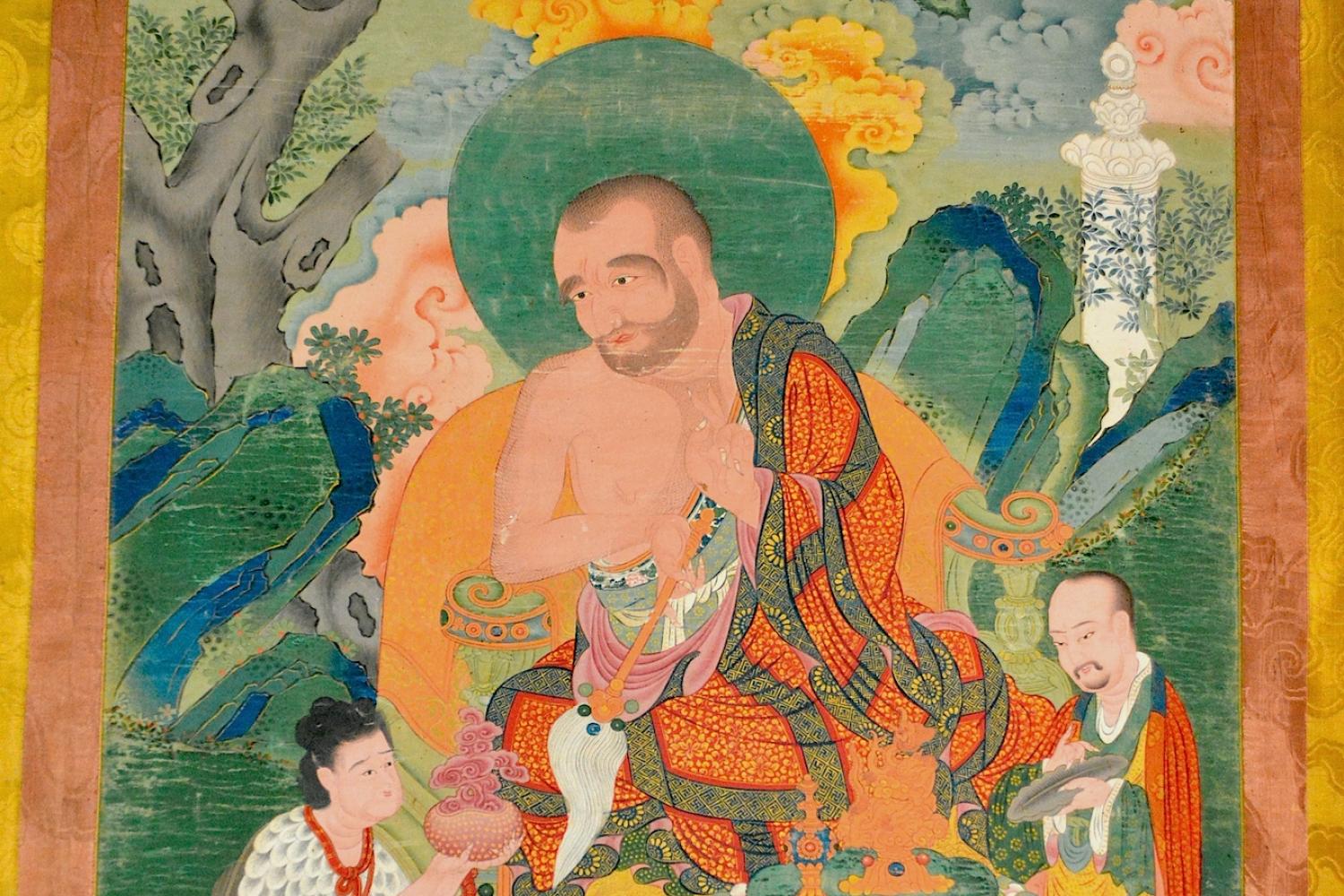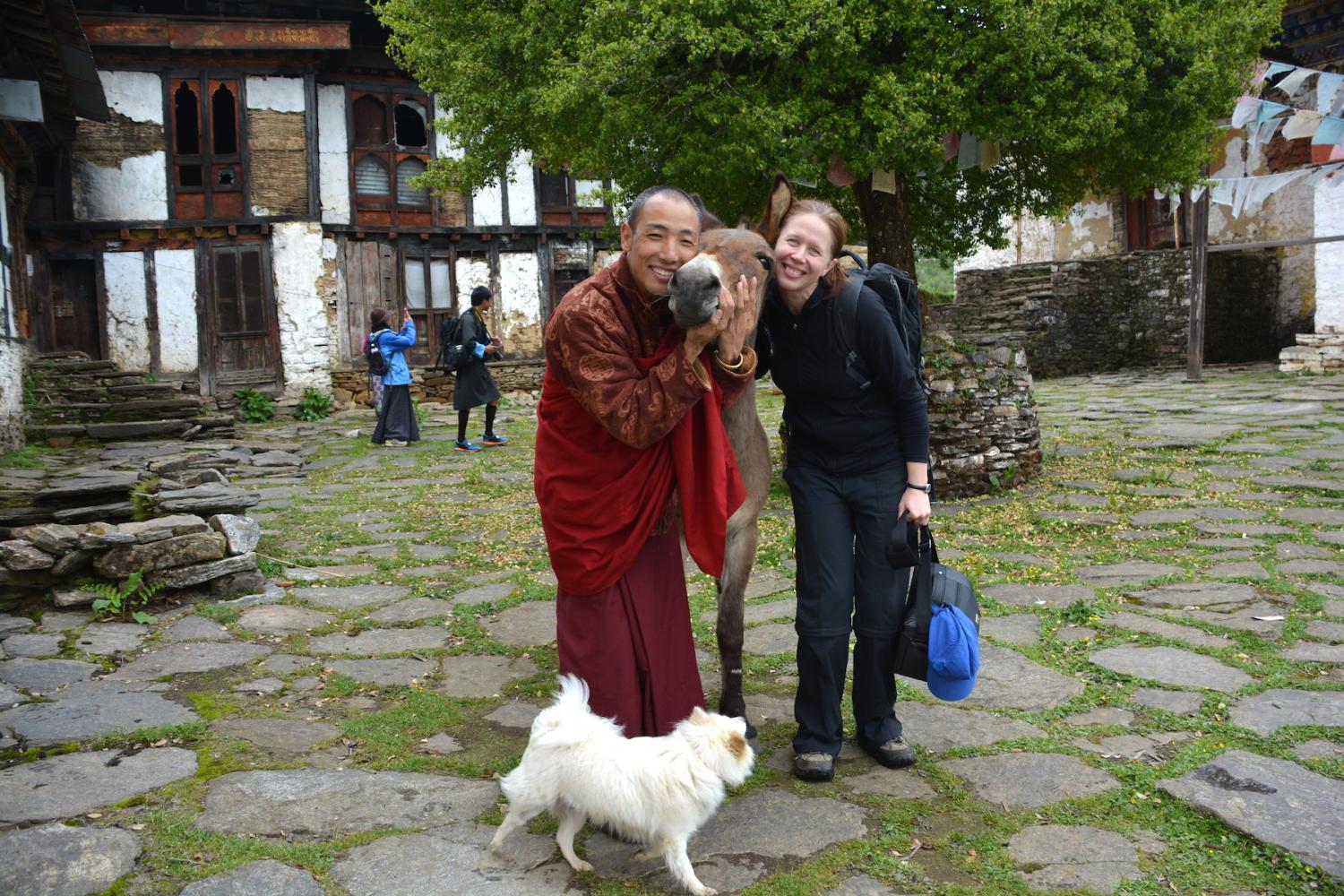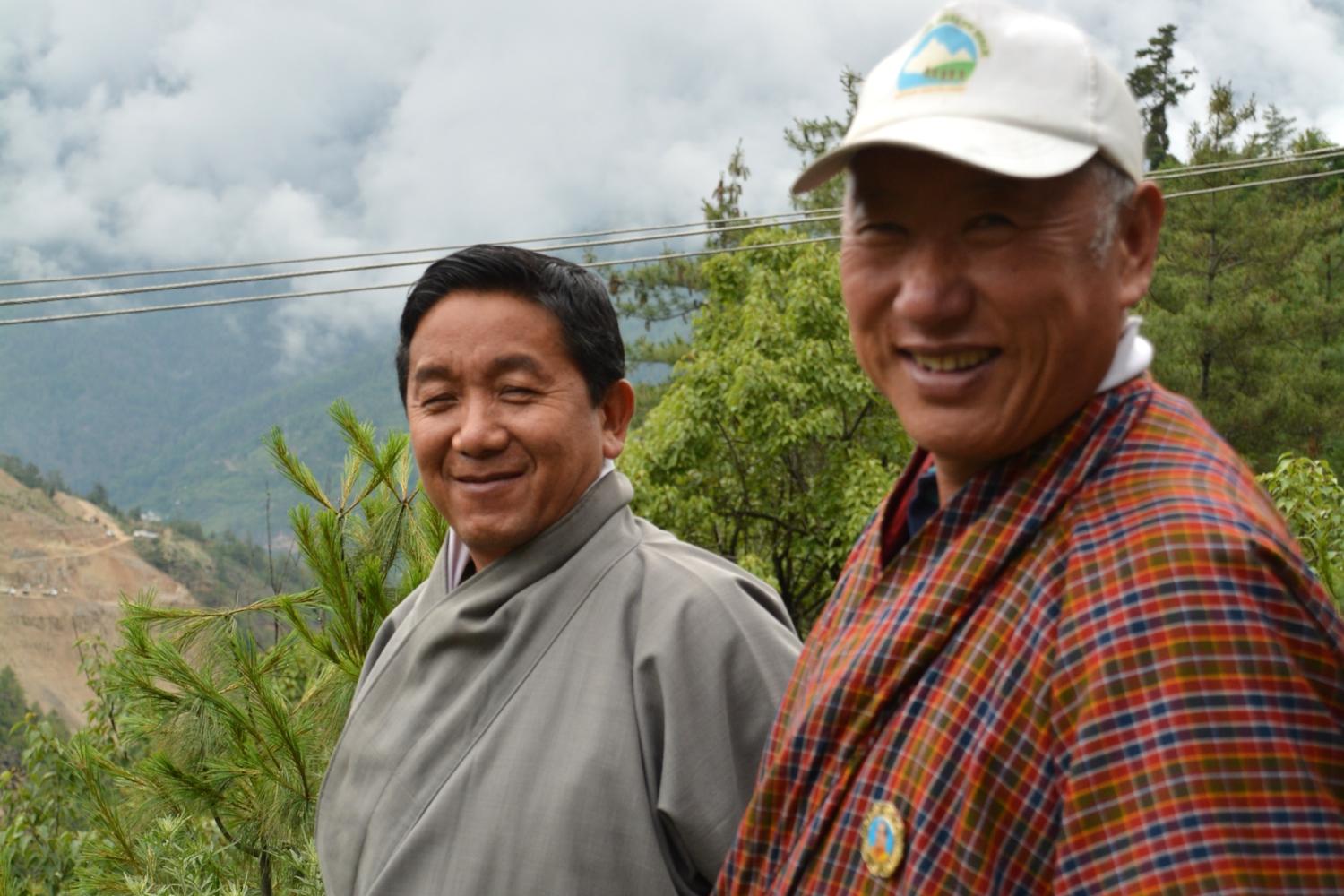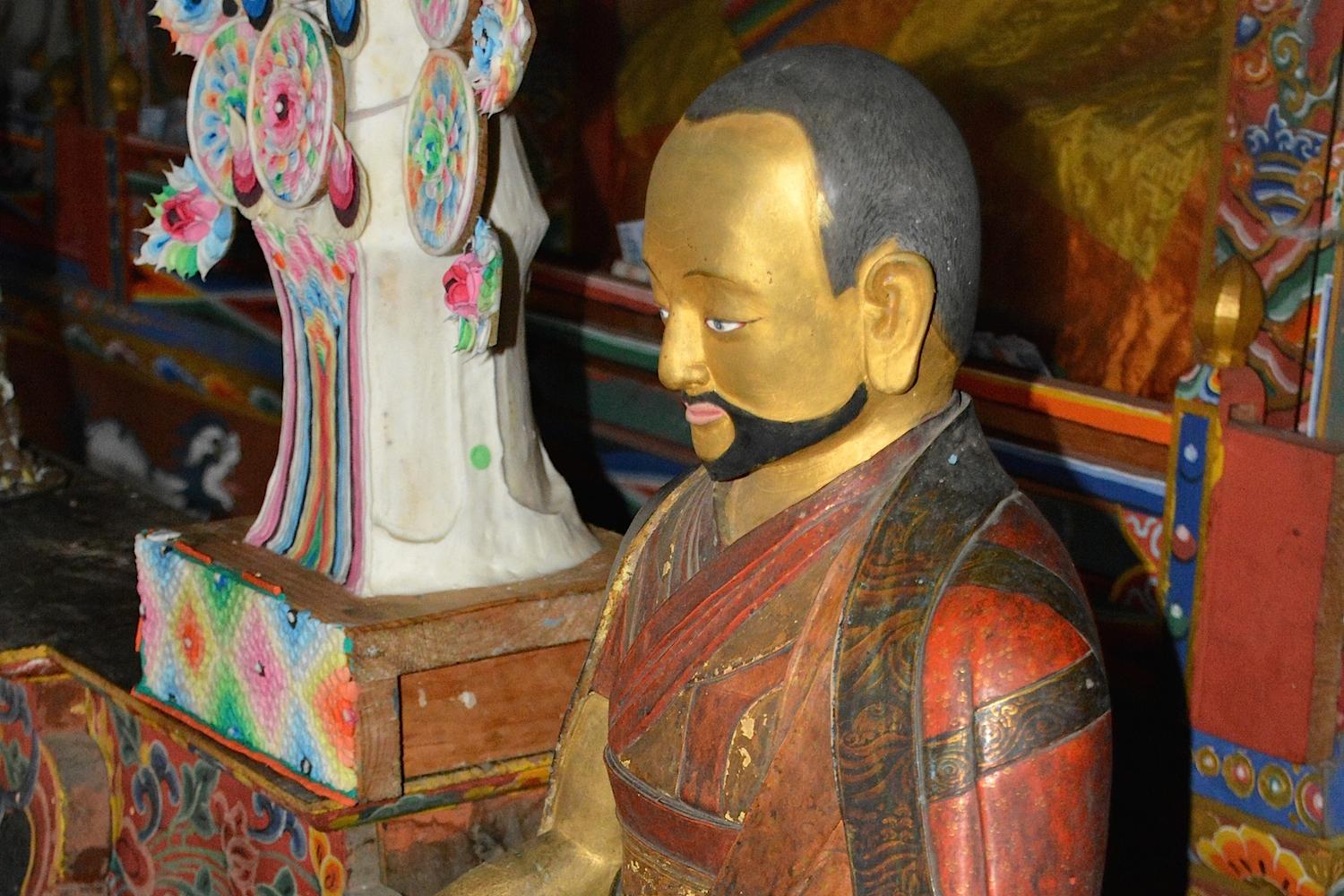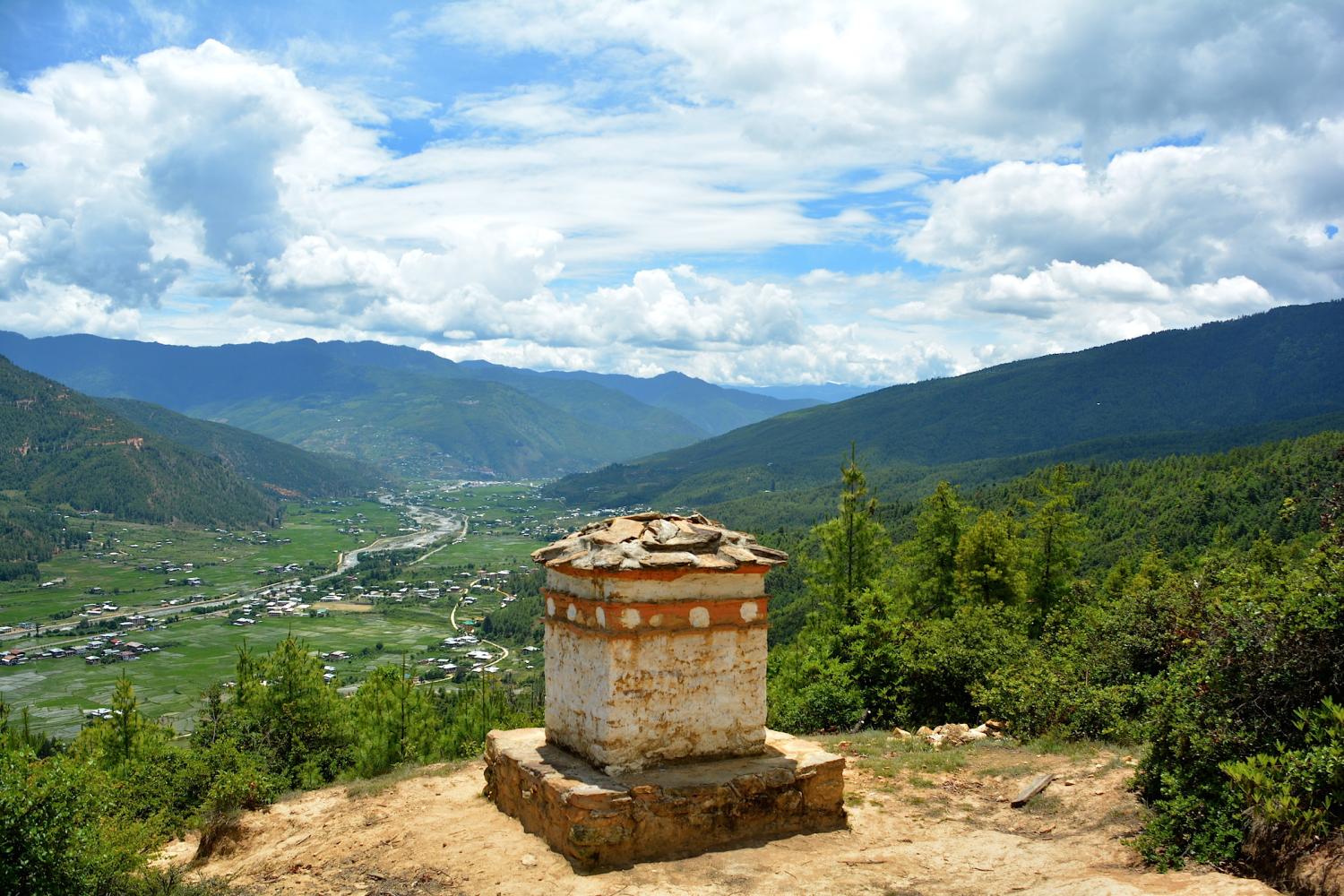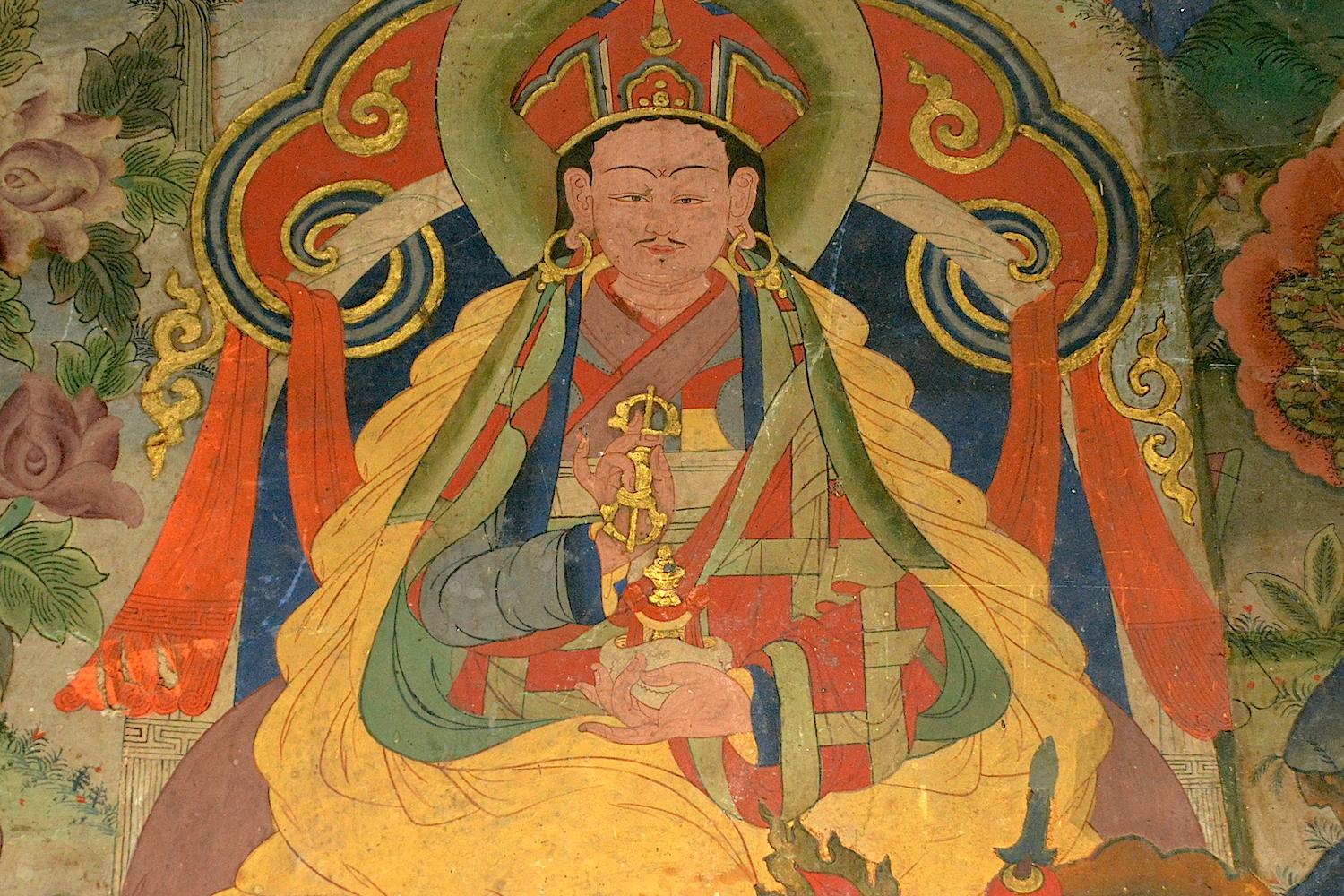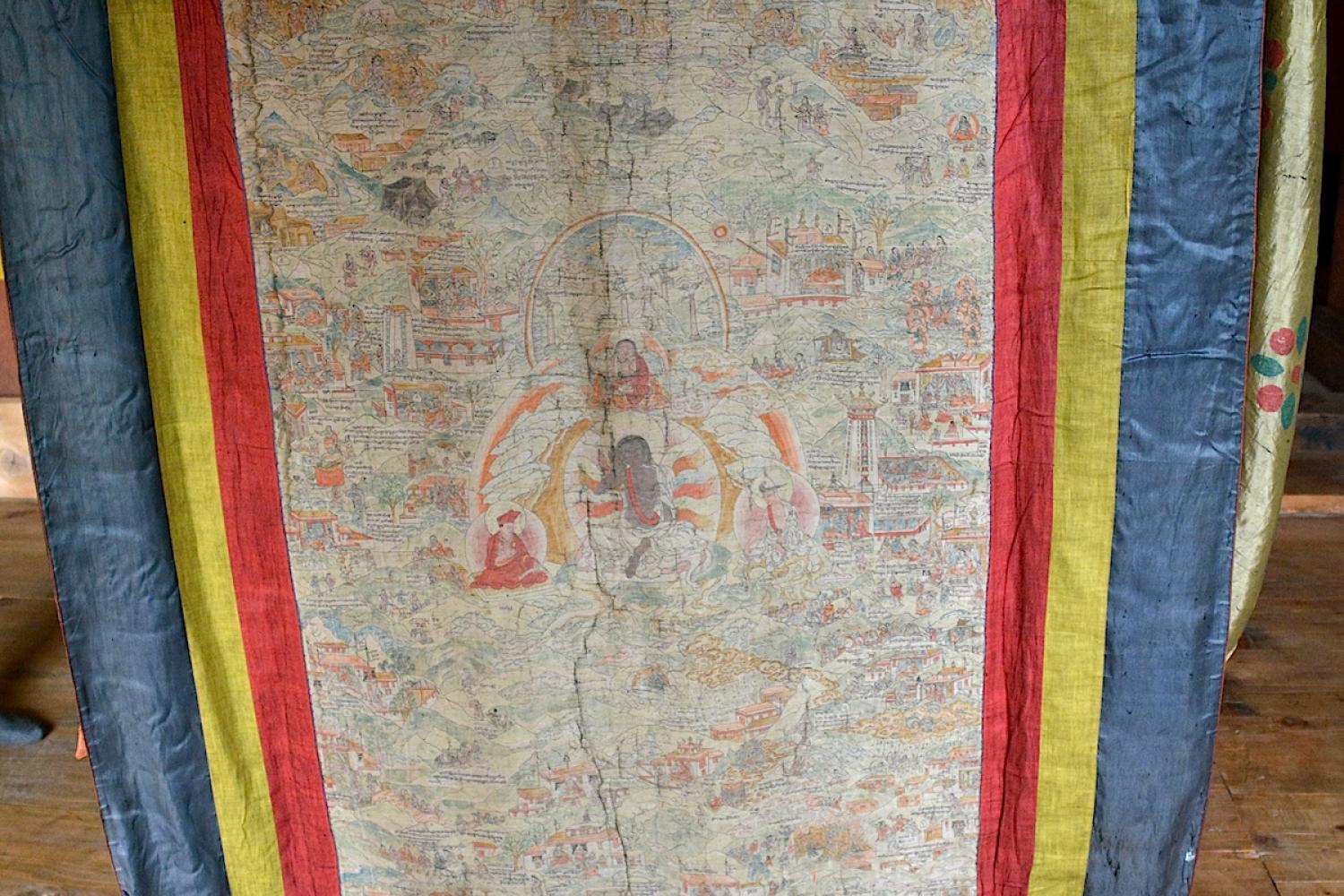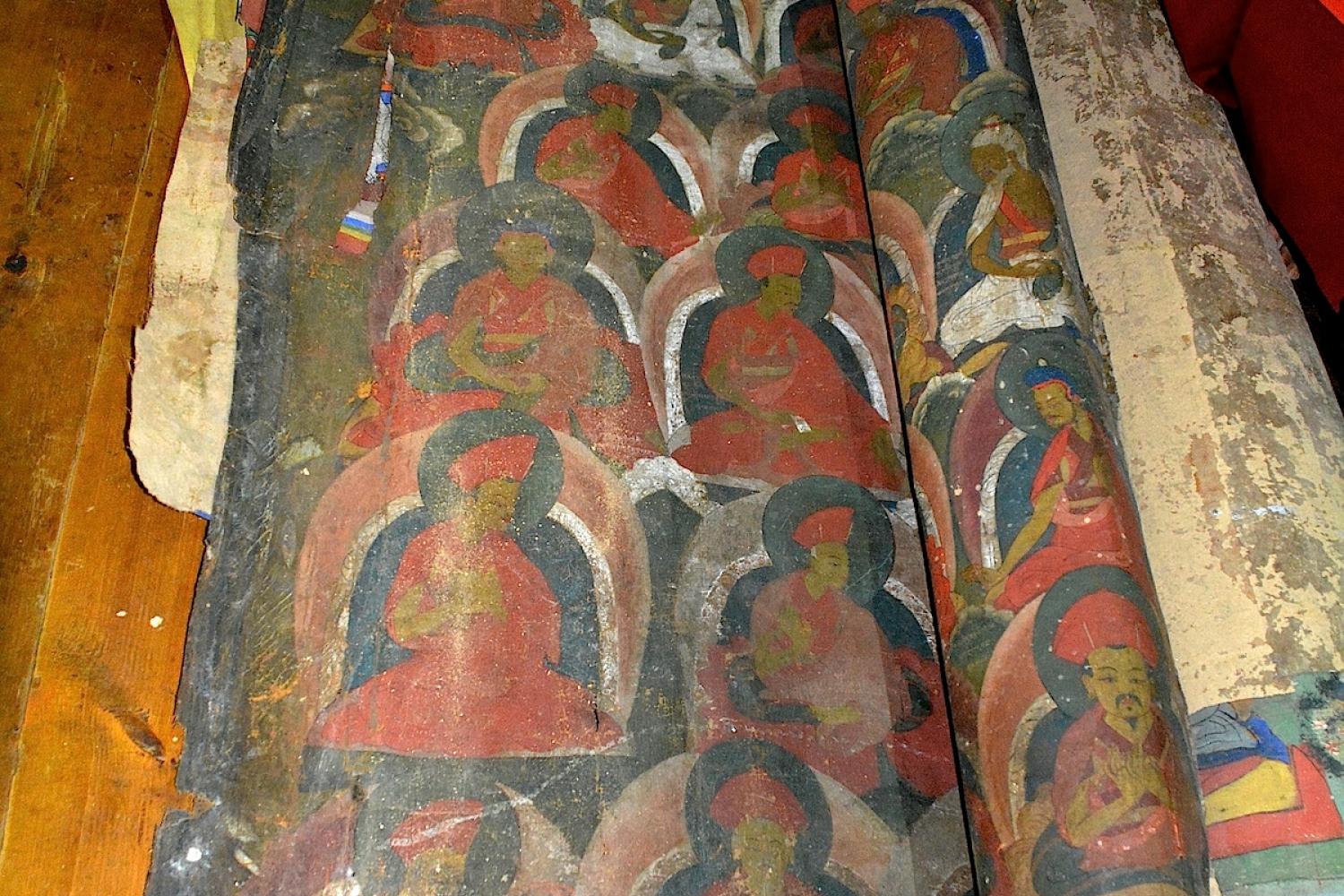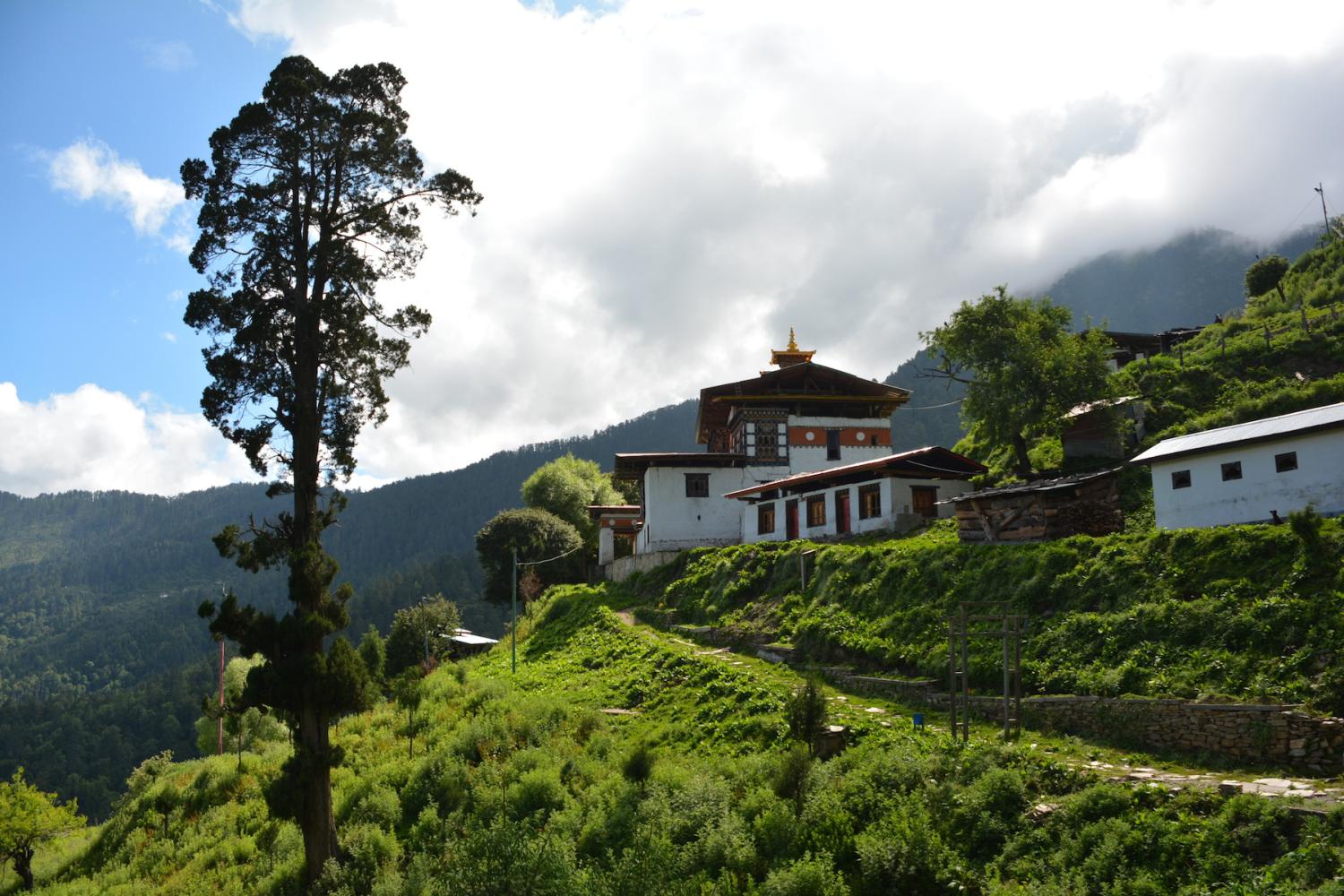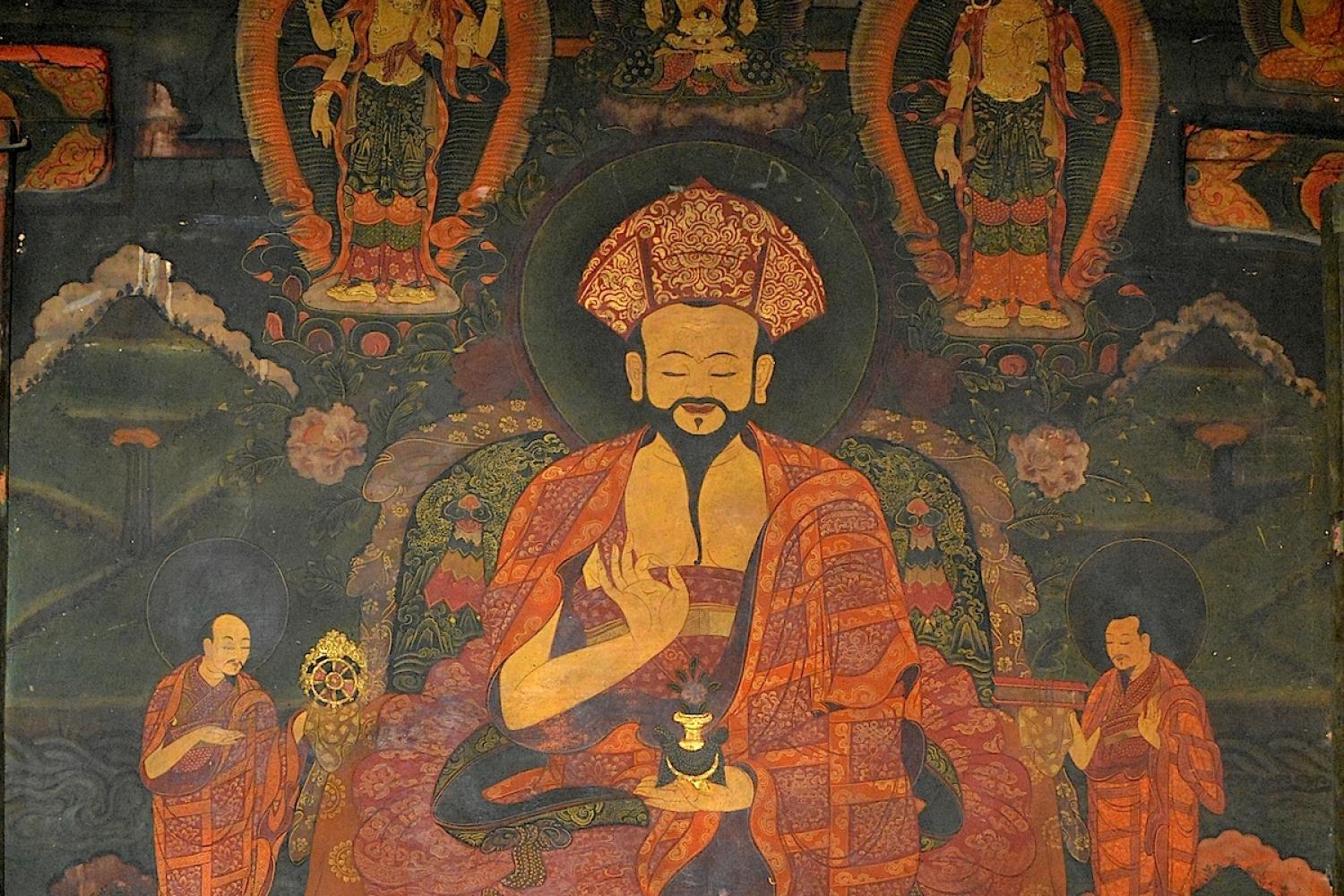Historical Artists of Bhutan
Photo essay by Ariana Maki
Traditional Bhutanese art—and the artists who created it—has remained markedly understudied in comparison to that of neighboring Tibet, Nepal, and India. To the field of Himalayan art history as a whole, Bhutanese art has often been treated as a comparatively static offshoot of Tibetan art. Yet Bhutan’s monasteries, community temples, museums, and private collections hold remarkable works that attest to the development and diffusion of distinct iconographies, painting traditions and workshops.
This photo essay documents research on precisely this body of material, spanning mural paintings, sculptures, thangkas, ritual items, and in some cases, relics from the artists themselves. The project, Historical Artists of Bhutan, is a collaborative effort between Dr. Yonten Dargye of the National Library and Archives and myself. Study began in earnest in 2013, with fieldwork most recently supported by an International Collaborative Research Grant awarded by the American Academy of Religion. These images share some of the discoveries we made at ten sites in western and central Bhutan during summer 2015.
A key figure in the development and transformation of Bhutanese art was Tsang Khenchen Palden Gyatso (1610-1684). Tsang Khenchen followed the Tenth Karmapa Choying Dorje into exile in Bhutan ca. 1645 and stayed in the region at the behest of Zhabdrung Ngawang Namgyal (1594-1651), who was in the midst of consolidating the nascent nation. Tsang Khenchen, and the students he trained in western Bhutan, constitutes the foundation of what can be termed ‘Bhutanese’ art on a national scale. Surviving works from Tsang Khenchen and his atelier constitute the core of this study, which at its conclusion, plans to offer abundant evidence of the ways Bhutanese art evolved and adapted to fit the needs of new leadership in 17th century Bhutan, and how the resulting works cultivated and disseminated a distinctly ‘Bhutanese’ identity amongst the populace.


